Kutsinta (cuchinta) are Filipino steamed cakes made with flour, tapioca flour, and brown sugar. Soft, chewy, and topped with grated coconut, they're a delicious breakfast, snack, or dessert.
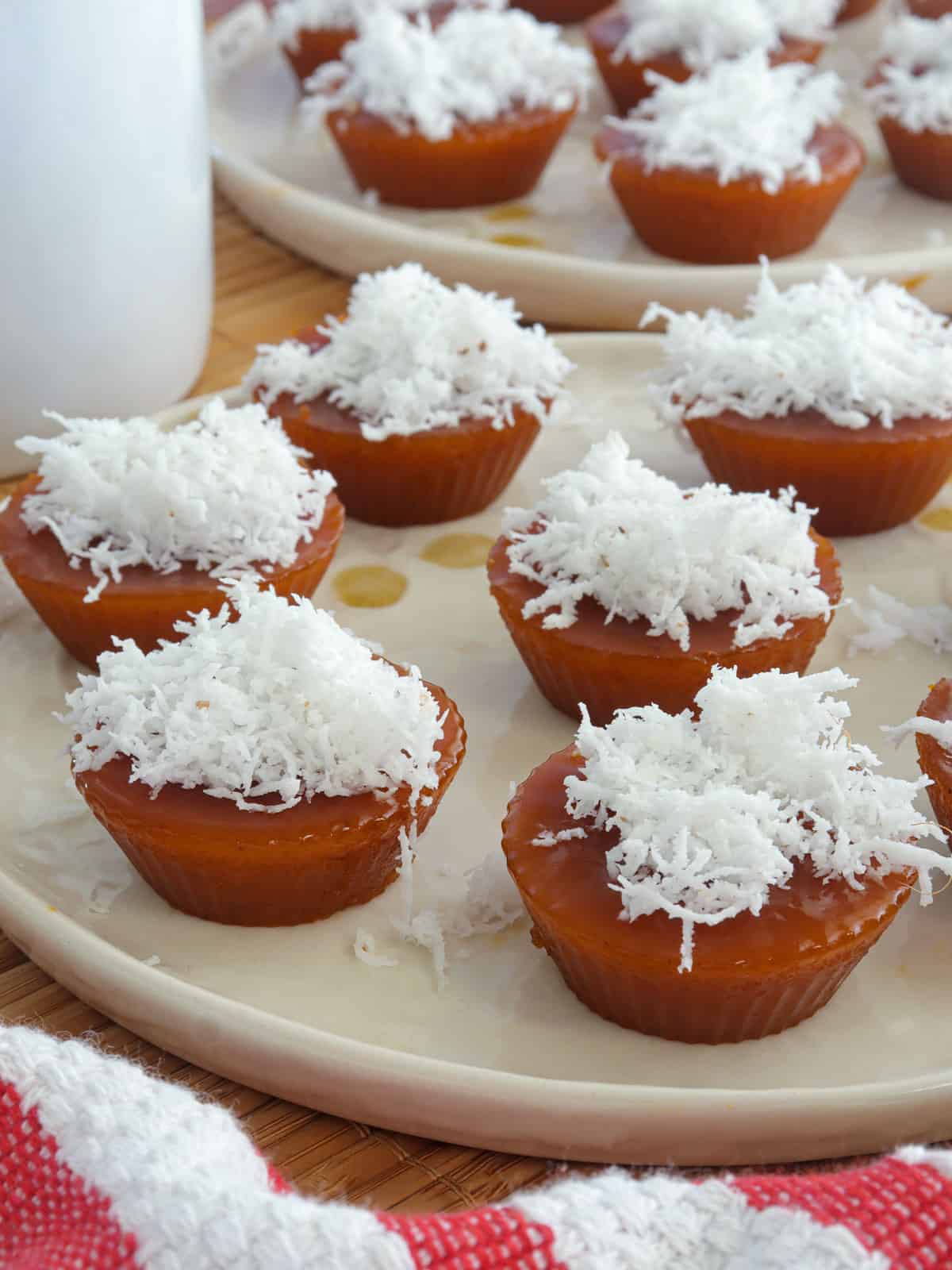
I've been looking for a good recipe for kutsinta or cuchinta since forever, but my search and kitchen experiments have been sorely disappointing. That was until last weekend, when my kumare posted on Facebook a picture of the kutsinta she made and how she finally nailed the recipe after two years of trial and error.
I was so excited reading her post that I PM'ed her as fast as my stubby fingers could type! I am unsure of the time difference between California and Vancouver, where she lives, but I was glad she replied with the recipe and had me on my kutsinta-making project in thirty minutes flat. Thank heavens for awesome friends 🙂
I made a couple of bites of the steamed cakes following her method, and I had to agree; she indeed nailed it! While most of the recipes I've encountered in the past use rice flour, her version uses all-purpose flour and tapioca flour, which, along with the addition of lye water, produces the soft and chewy texture I like.
Are you in the mood for more puto recipes? Try this easy Puto with tons of cheese and this Puto Lanson made of grated cassava. Enjoy!
Ingredient notes
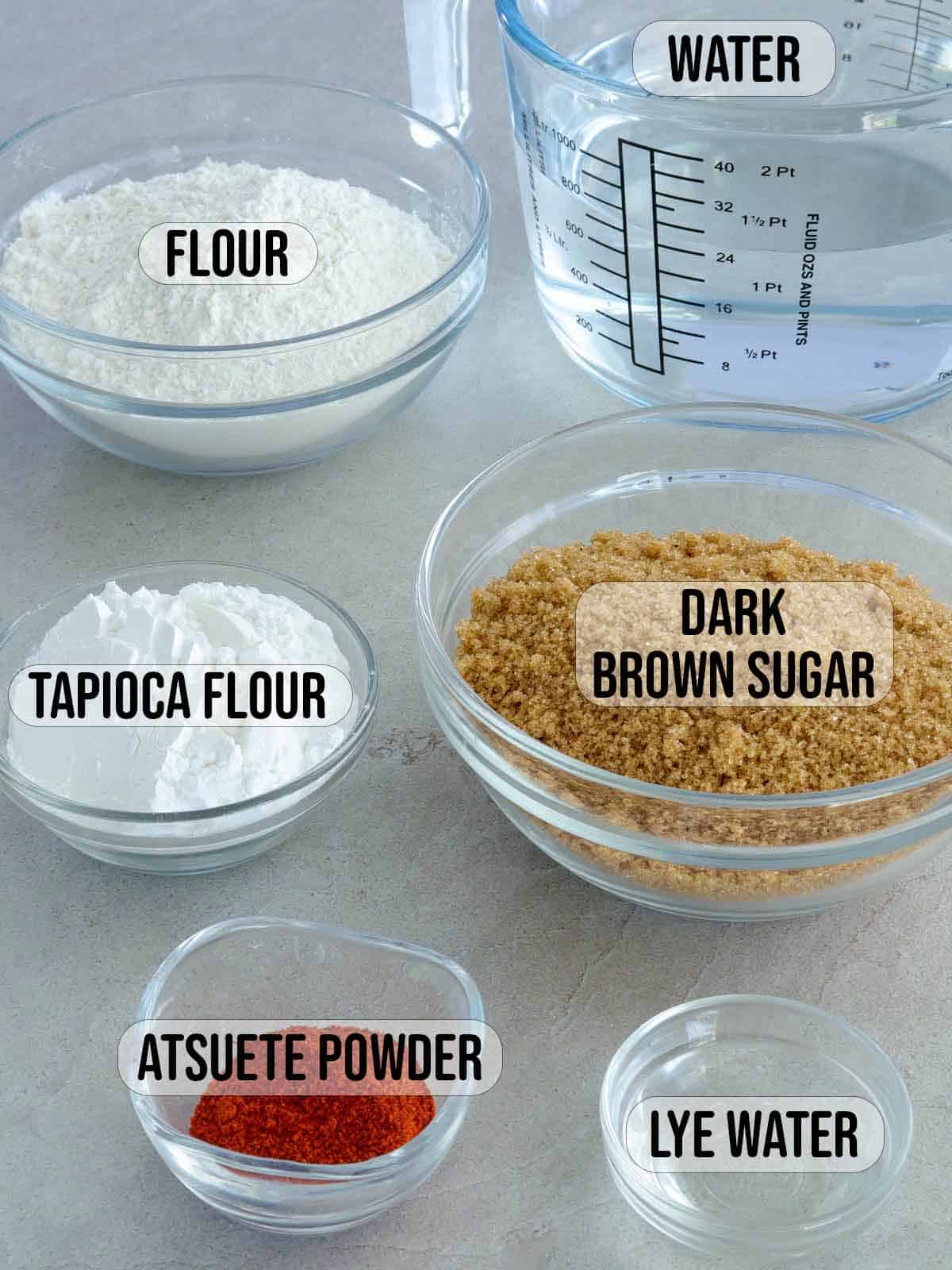
- Flour- the recipe uses a mixture of all-purpose and tapioca flour for a soft and chewy texture.
- Brown sugar- adds color and sweetness
- Water- the ratio of flour and liquid in the recipe yields the texture I like. Less water will result in a tougher cuchinta, and more water will create a softer consistency.
- Atsuete/annatto powder- enhances color. You can use more or less depending on the depth of color desired and the brown sugar used. Note that the color will deepen as the mixture cooks.
- Food-grade Lye water- locally known as lihiya. It softens the texture for a chewy texture and boosts color. Add sparingly as it can impart a bitter taste.
Kutsinta cooking process
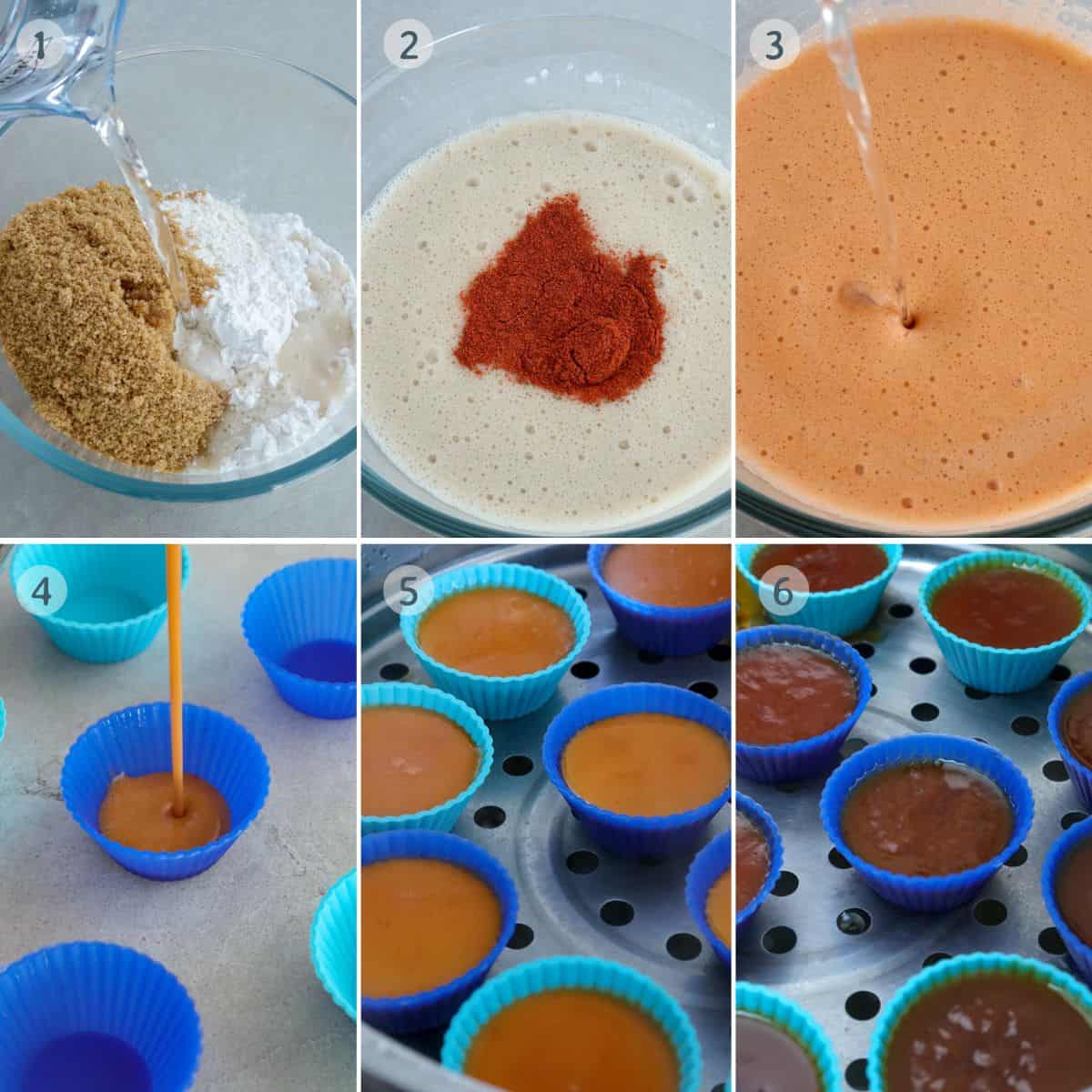
- Combine flour, tapioca flour, sugar, and water in a large bowl and stir well until dissolved and the mixture is smooth.
- Add atsuete and stir until well dispersed and the desired color is achieved.
- Add lye water and stir.
- Fill the silicone molds to about ¾ full. If using tin molds, lightly grease the insides with melted butter to make removing the steamed kutsinta easy.
- Fill the steamer with water and bring to a simmer. Arrange the filled molds in a single layer on the steamer basket and steam the kutsinta mixture until set.
- Remove from heat and allow to cool. Gently remove the steamed cakes from the molds and top with grated coconut.
Helpful tips
- Steam in a gentle simmer to prevent the kutsinta from sinking in the middle.
- These are mini-sized cuchinta; recipe yield depends on the size of molds you use.
- Stir the mixture before pouring it into the molds, as the flour tends to settle in the bottom.
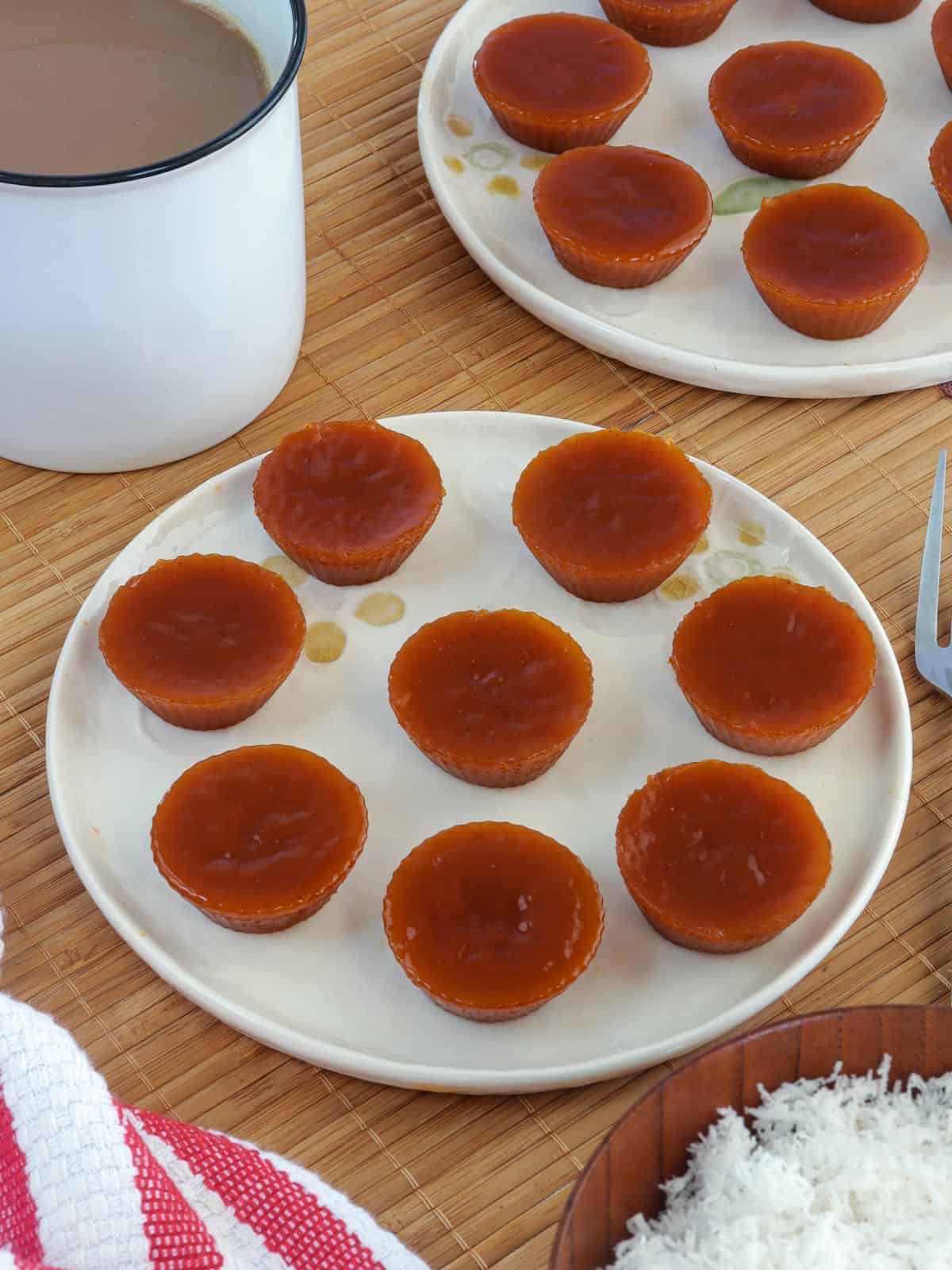
Flavor Variations
- Ube- use white sugar instead of brown sugar, skip the atsuete powder, and add a few drops of ube extract to the batter
- Black- use white sugar instead of brown sugar, skip the atsuete powder, and add a few drops of black food coloring to the batter
- Pandan- use white sugar instead of brown sugar, skip the atsuete powder, and add a few drops of pandan extract to the batter
Frequently Asked Questions
What lye water does in kutsinta?
Food-grade Lye water is a strong alkaline solution used in various cooking processes, such as curing and baking. It is a key ingredient in making kutsinta or pichi-pichi, as well as Chinese moon cakes, bagels, pretzels, and ramen noodles. It raises the pH level of the dough for a richer color and a springy texture.
If you prefer not to use lye or don't have access to it, you can read this article on using baked baking soda solution as an alternative.
How to serve and store
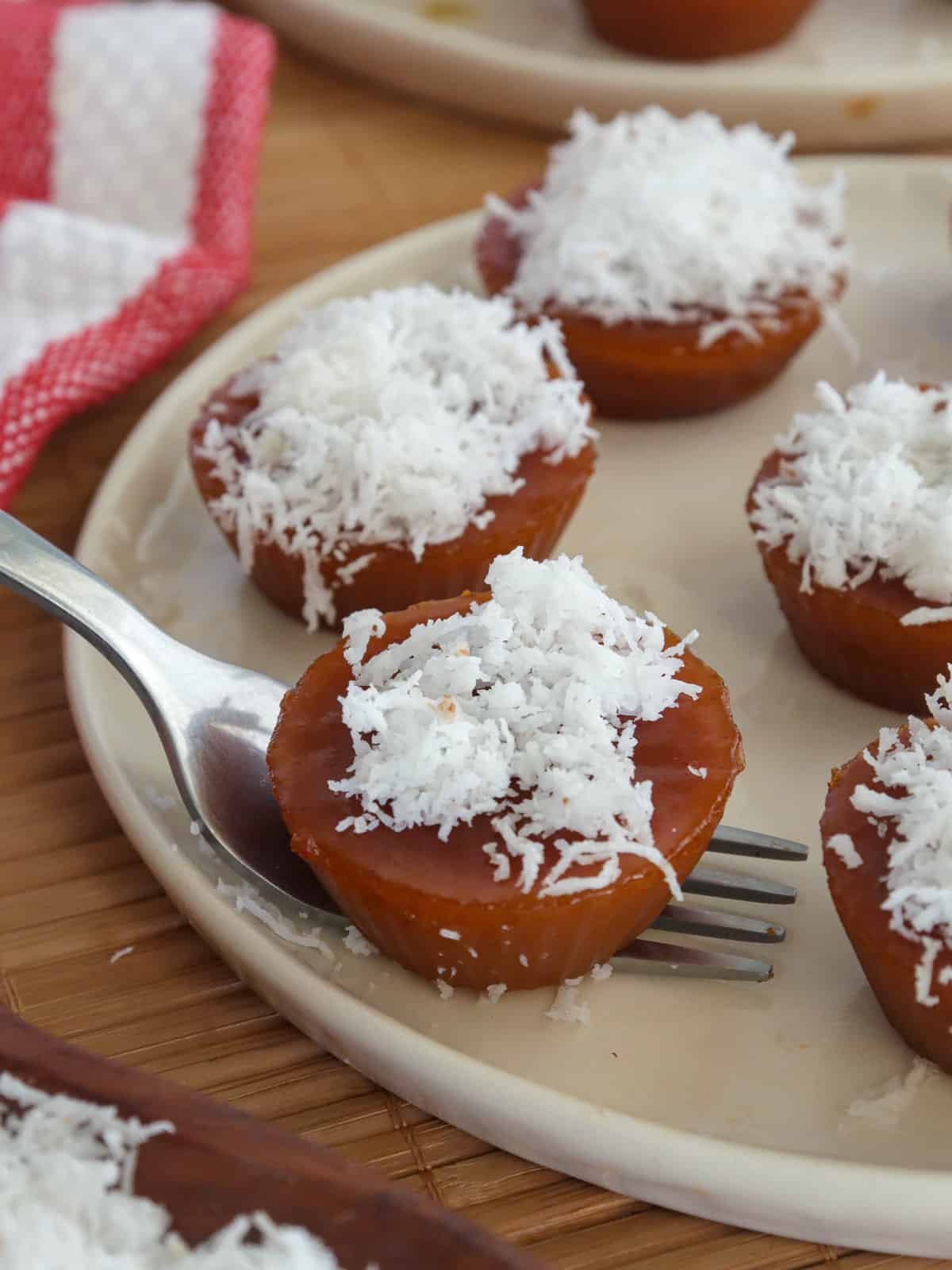
- Kutsinta are traditionally served for breakfast, midday snacks, or after-meal desserts. For a tasty treat, enjoy them with hot tsokolate or ice-cold calamansi juice!
- Top the steamed cakes with grated coconut (niyog) or toasted desiccated coconut (budbod). You can skip the coconut and dip them in dulce de leche or yema spread.
- To store, transfer to a container with a tight-fitting lid and refrigerate for up to 3 days. For longer life, top with coconut when ready to serve
More snack recipes
Ingredients
- 1 ½ cups flour
- ½ cup tapioca flour
- 1 ½ cups dark brown sugar
- 3 cups water
- 1 tablespoon atsuete powder
- 1 tablespoon lye water
Equipment
- silicone molds
- Steamer
Instructions
- In a bowl, combine flour, tapioca flour, sugar, and water. Stir well until dissolved and mixture is smooth.
- Add atsuete and stir until well dispersed and the desired color is achieved.
- Add lye water and stir.
- Fill molds to about ¾ full.
- Add water to the steamer and bring to simmer over medium heat.
- Steam kutsinta for about 40 to 45 minutes or until mixture is set. Remove from heat and allow to cool.
- Gently remove from molds and top with grated coconut.
Notes
- The atsuete is primarily added to deepen the color and you can use more or less depending on the brown sugar you use.
- If using tin molds, you might need to grease the insides to make removing the steamed cakes easy.
- Steam in a gentle simmer to prevent the kutsinta from sinking in the middle.
- These are mini-sized cuchinta; recipe yield depends on the size of molds you use.
- Stir the mixture between pouring into the molds as the flour settles in the bottom.
- Nutritional info is calculated at two pieces per serving.
Video

Nutrition Information
“This website provides approximate nutrition information for convenience and as a courtesy only. Nutrition data is gathered primarily from the USDA Food Composition Database, whenever available, or otherwise other online calculators.”

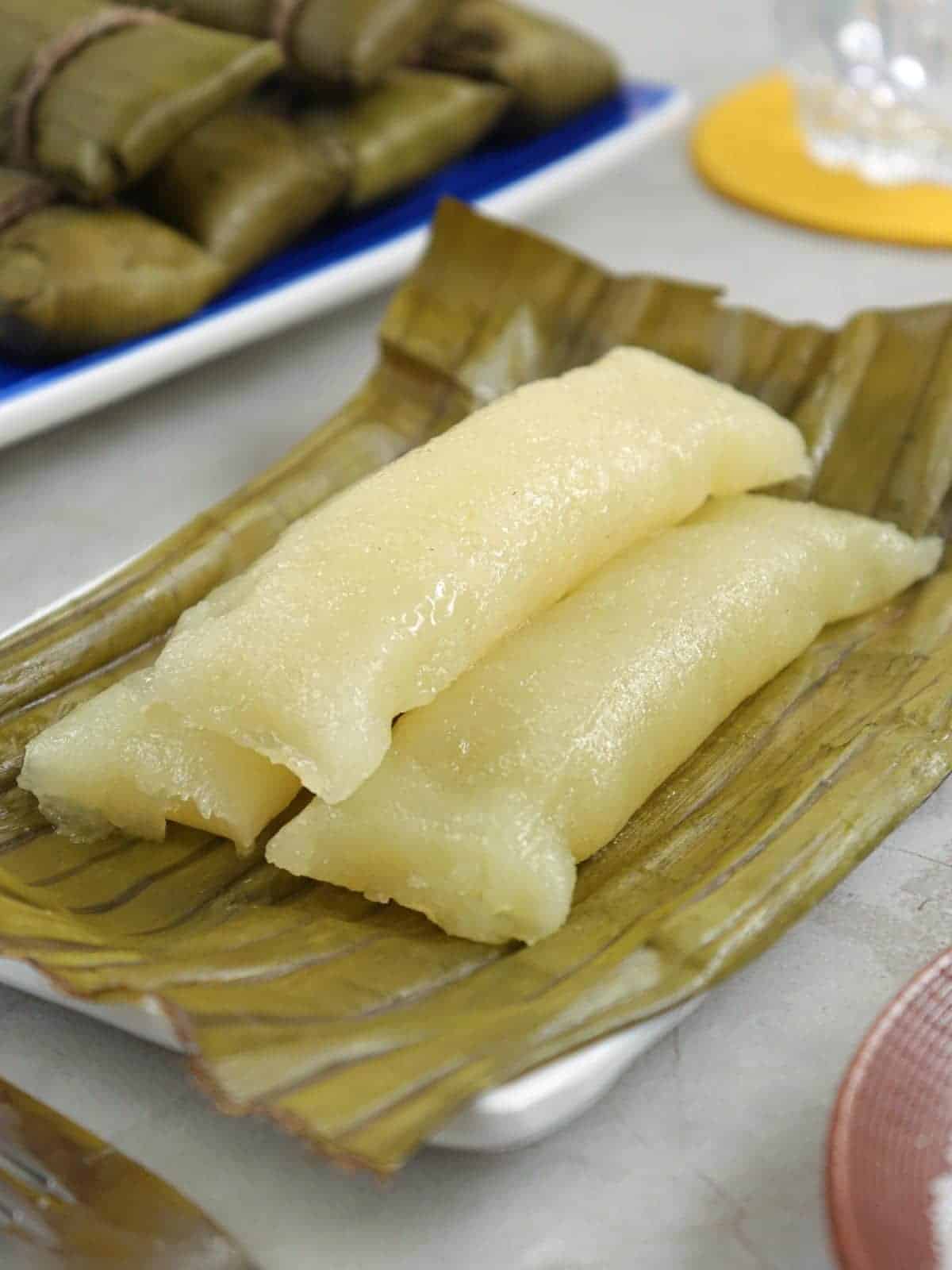
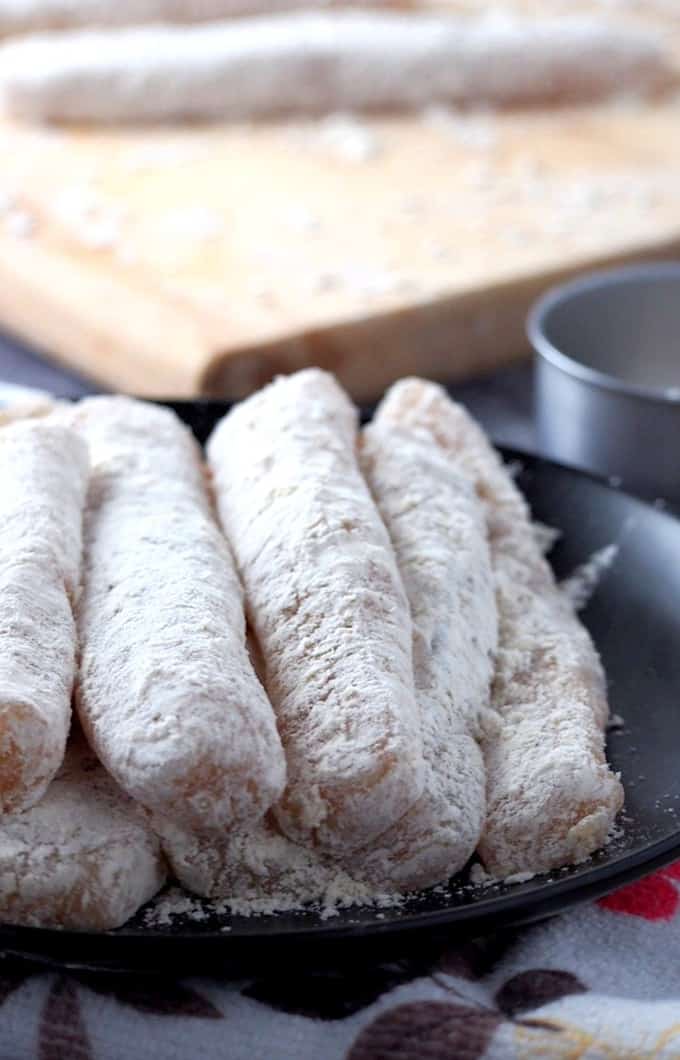
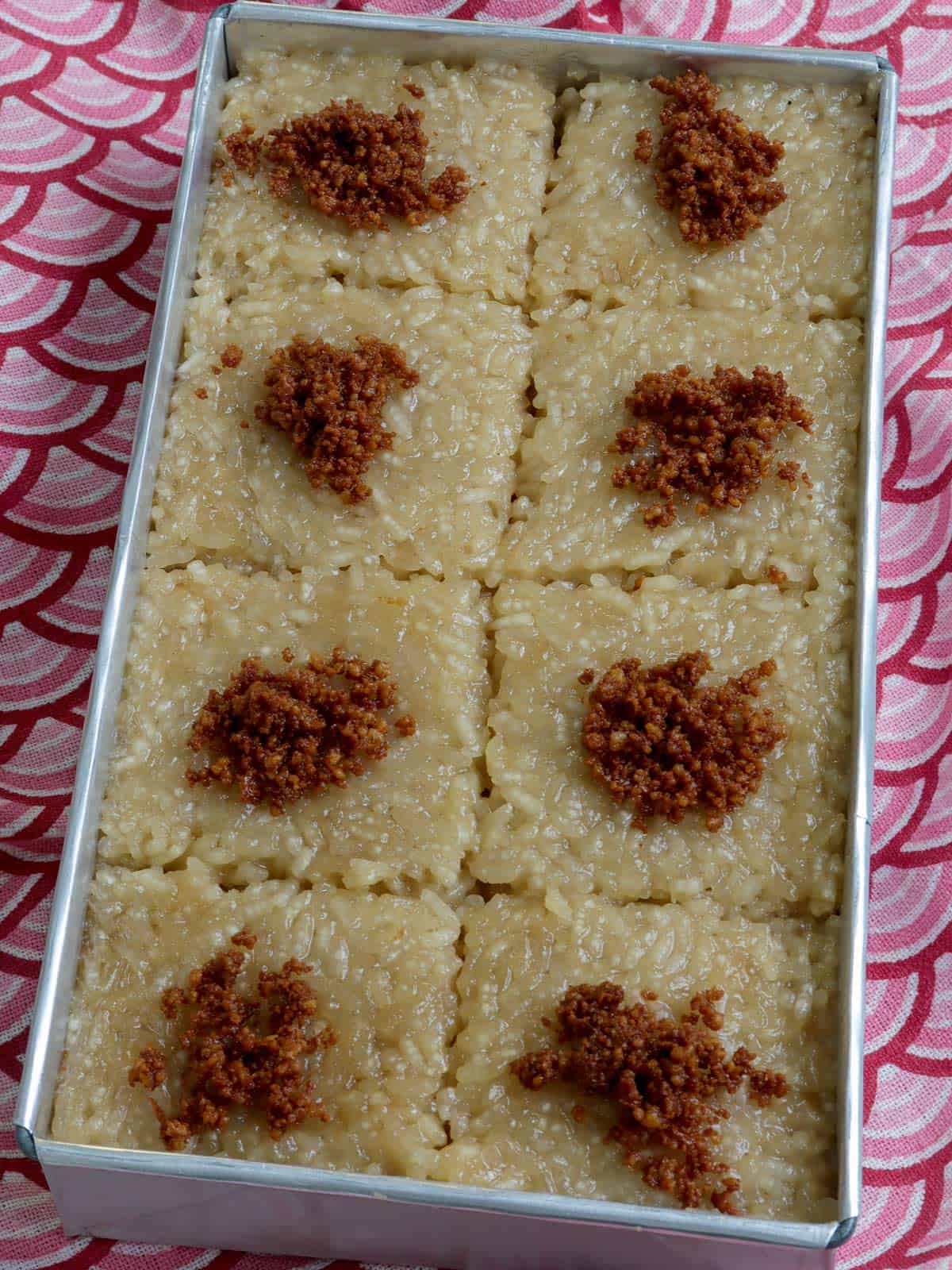
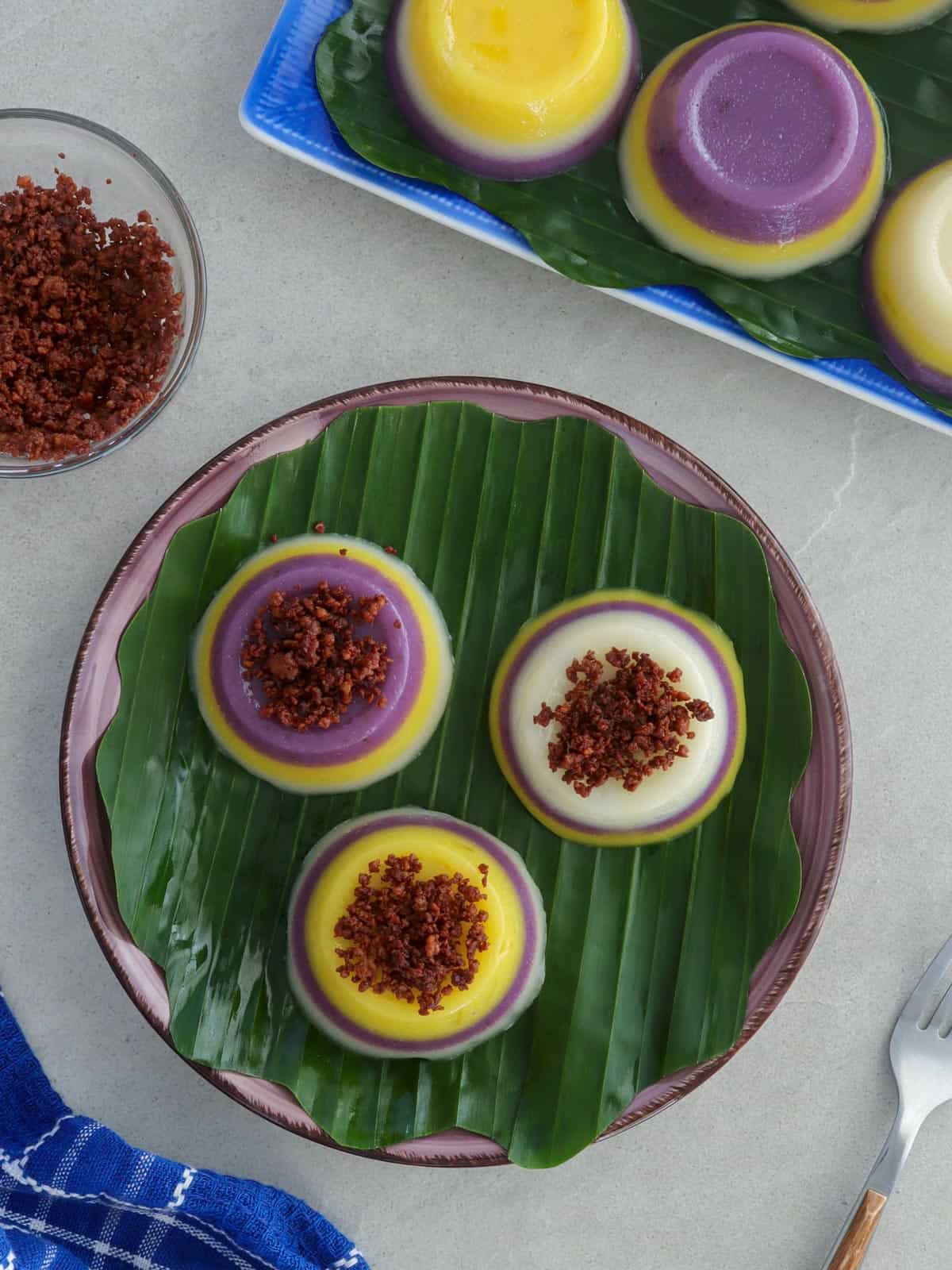
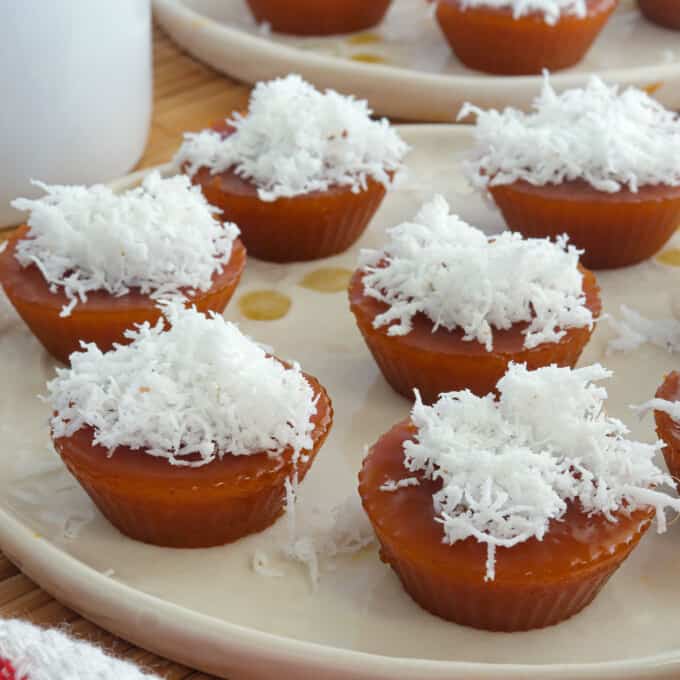
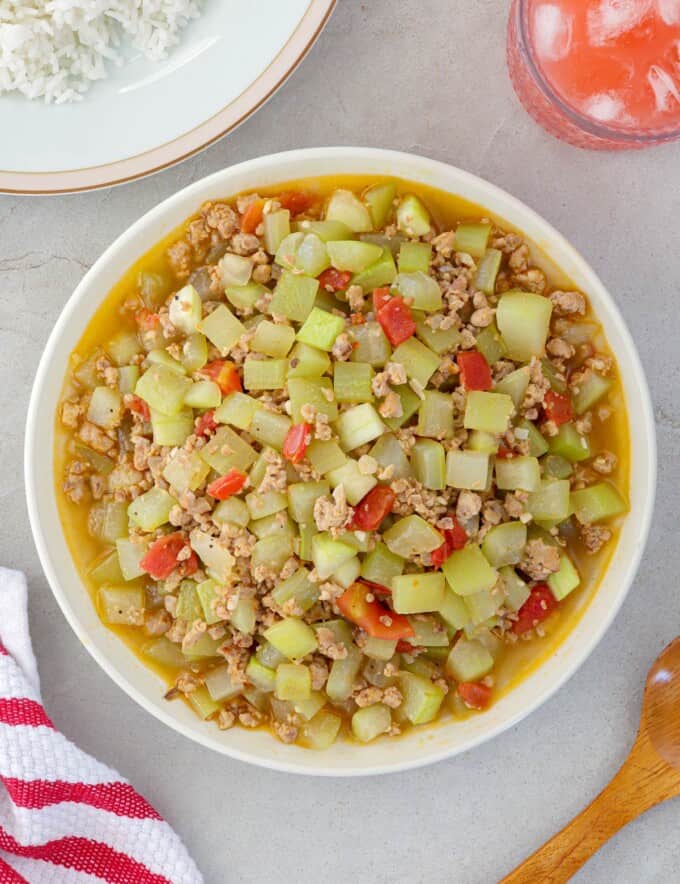
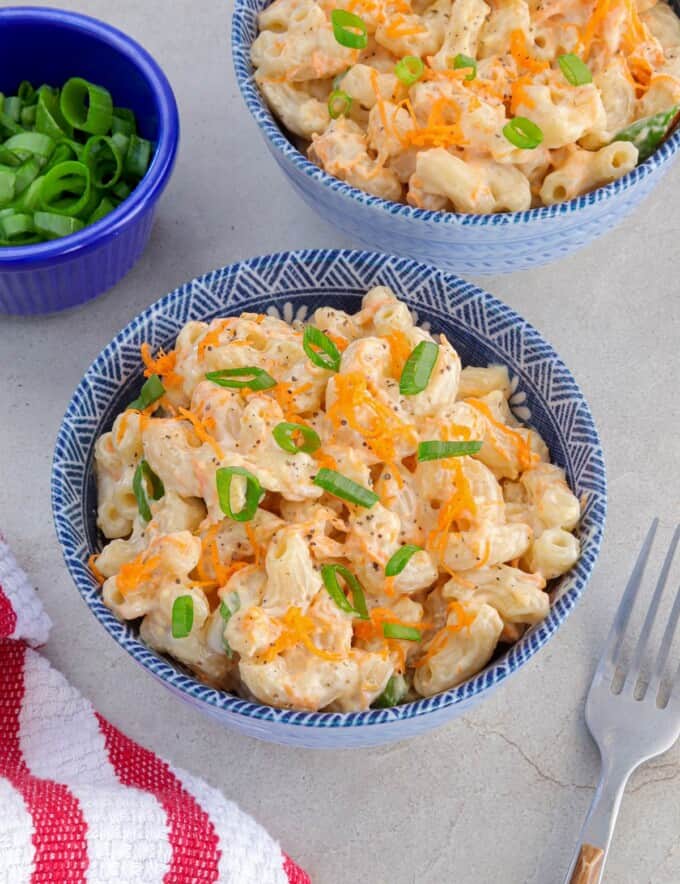
Marivic says
I tried this recipe for the first time and it turns out really good and I use tapioca starch instead of tapioca flour. Soft and goey.
Mylene Ladrillono says
Thanks for sharing, I tried this recipe and it came out what I expected.
Suchilla says
Hello po how to substitute lye water to my Kutsinata any suggestions? Thank
Nors says
Hi ano puede ipalit sa tapioca flour thanks
Dang says
Hello po, what to substitute po kapag walang lye water?
janeth says
Paano po magiging chewy ?
Mae says
What kind of flour po? Meron kasi first class third class. Thank you po
Amelia Shaine says
Thanks for this.. ❤
Yung lye water tbsp po ba talaga? Sinunod ko recipe nyo, kaso nalalasahan ko ung lye hehehe
Ann says
Bakit po May kutsinta takes to long to cook like 3 hours. Ano po ung problem. Thank you.
Rosario F.Sayno says
Hello, maraming salamat sa sharing mo d2 ako florida.. try ko lutin yan lahat..stay safe.. and helalty and your family..salamat ulet..godbless💐💐💐
Maricel says
Can i use cassava flour in lieu of tapioca flour?
Dory lubi says
Oks oks po ang mga recipe nyo Sarap. Thanks po for posting.
vicky says
You said Sodim bicarbonate can be a substitute for the lye. How much should I add?
Emem mendoza says
Ano po pwede isubstitute sa tapioca flour since wala po ako mahanap ? 0
Faye says
Perfect po! Thanks for sharing po! ❤️❤️❤️